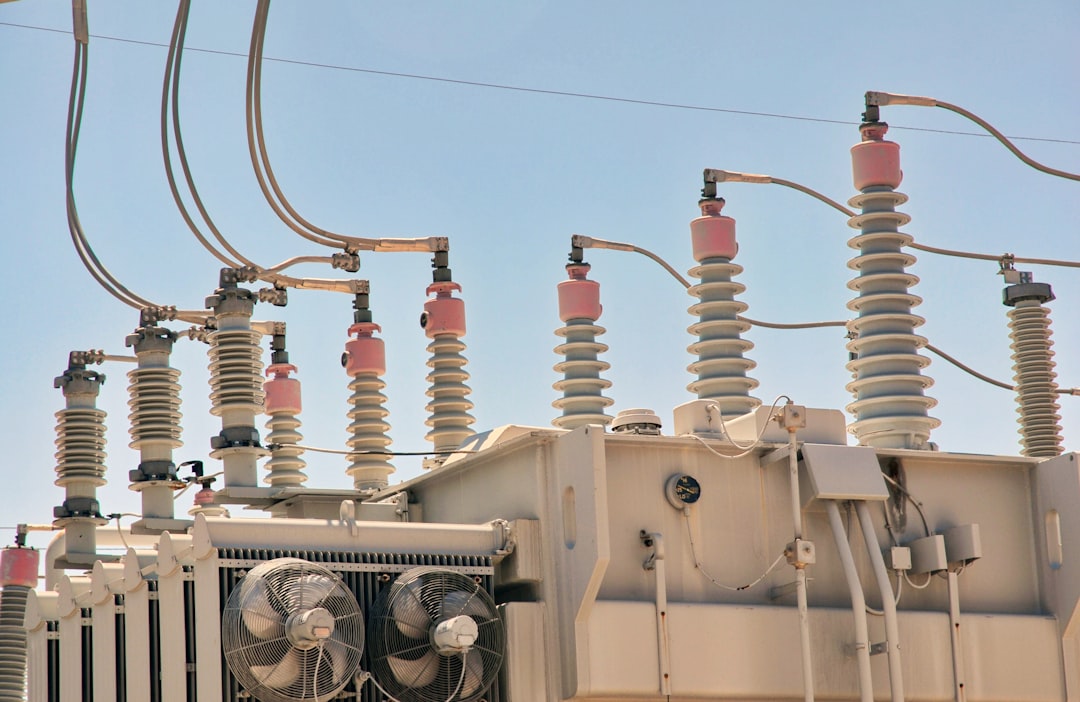What is it about?
The conventional finite element method can be used for modeling the multiscale phenomenon of the interaction of Lamb waves with matrix cracks, but it requires a lot of computational resources. In the present investigation, appropriate damage models are used to model the reduction in the stiffness of the ply in which the matrix crack has occurred.
Featured Image

Photo by frank mckenna on Unsplash
Why is it important?
Moreover, the interactions of Lamb waves with matrix cracks, which have been modeled as a local reduction in stiffness, are being studied. Furthermore, in a Glass Fiber Reinforced Plastic (GFRP) laminate with a [0/90/90/0] lay-up, Lamb waves of various frequencies and with So (symmetric) and Ao (asymmetric) modes are transmitted along the fiber and across the fiber directions, respectively. As a result, such waves are recorded at two points, 75 and 225 mm from the site of excitation. For two different crack densities, such as 1 crack/mm and 4 cracks/mm, the healthy and damaged laminate signals of similar mode are compared. The amplitudes of the received signals are reduced upon interaction of these waves with damage (with degraded stiffness values), indicating that So modes of Lamb waves are much more susceptible to damages at higher frequencies of 100, 150, and 200 kHz compared to Ao modes.
Perspectives
Furthermore, for a given crack density, equivalent damage models are validated by comparing these signals to cracked laminate signals of similar frequencies and modes. During the study, it was revealed that equivalent damage models are perfectly appropriate for modeling matrix cracks of any density as a local loss in stiffness in the damaged crossply GFRP laminate.
Dr. Nand Jee Kanu
Sardar Vallabhbhai National Institute of Technology, Surat, India
Read the Original
This page is a summary of: Modeling of stress wave propagation in matrix cracked laminates, AIP Advances, August 2021, American Institute of Physics,
DOI: 10.1063/5.0057749.
You can read the full text:
Contributors
The following have contributed to this page










